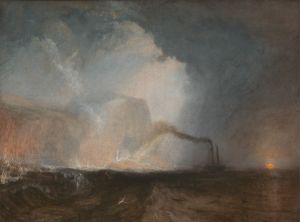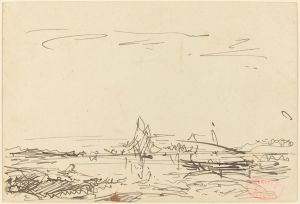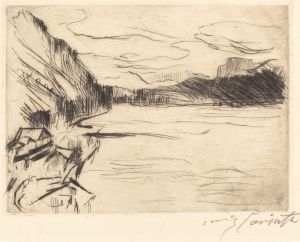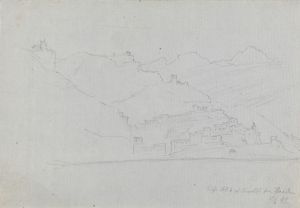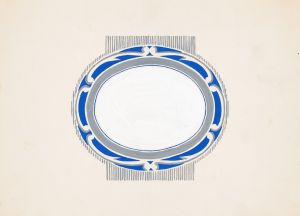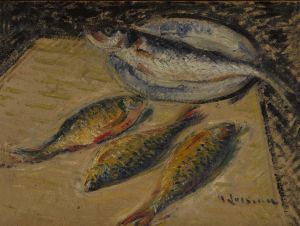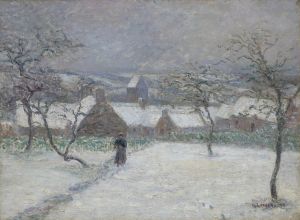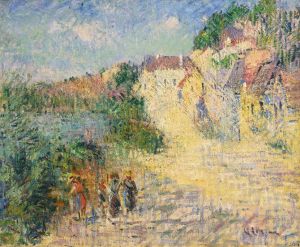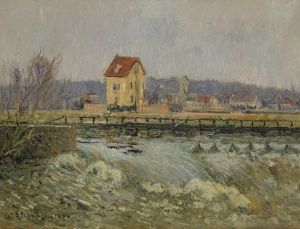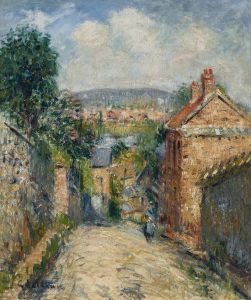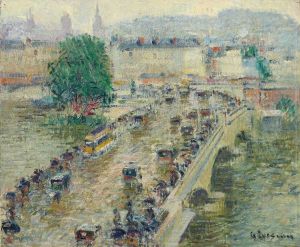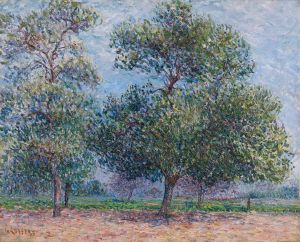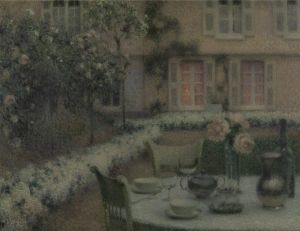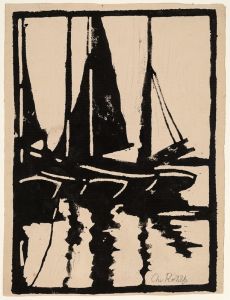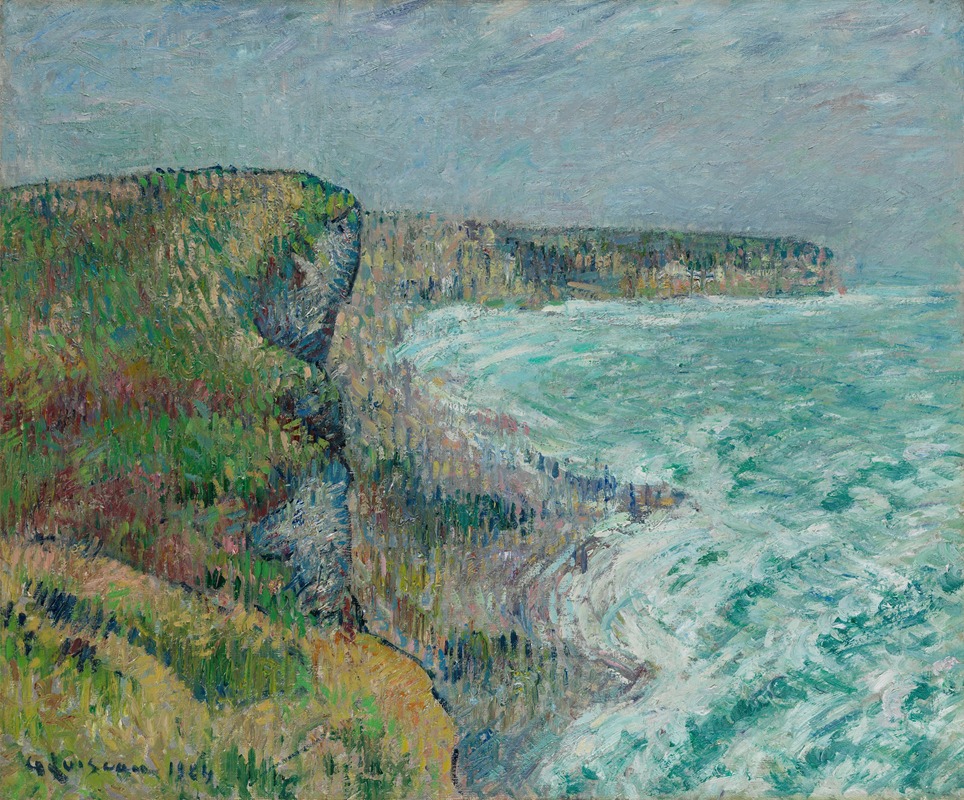
Falaises d’Yport en hiver
A hand-painted replica of Gustave Loiseau’s masterpiece Falaises d’Yport en hiver, meticulously crafted by professional artists to capture the true essence of the original. Each piece is created with museum-quality canvas and rare mineral pigments, carefully painted by experienced artists with delicate brushstrokes and rich, layered colors to perfectly recreate the texture of the original artwork. Unlike machine-printed reproductions, this hand-painted version brings the painting to life, infused with the artist’s emotions and skill in every stroke. Whether for personal collection or home decoration, it instantly elevates the artistic atmosphere of any space.
Gustave Loiseau was a French Post-Impressionist painter known for his landscapes and scenes of rural life. He was born on October 3, 1865, in Paris, and he developed an interest in painting at a young age. Loiseau is often associated with the School of Pont-Aven, a group of artists who were inspired by the rural landscapes of Brittany. He is particularly noted for his technique of "en treillis," a cross-hatched brushstroke that gives texture and vibrancy to his paintings.
"Falaises d’Yport en hiver" is one of Loiseau's works that captures the coastal cliffs of Yport, a small commune in the Normandy region of France. This painting is part of Loiseau's extensive exploration of the Normandy coast, a subject that fascinated him throughout his career. The Normandy region, with its dramatic cliffs and changing weather, provided a rich source of inspiration for many artists of the time, including Claude Monet and Eugène Boudin.
In "Falaises d’Yport en hiver," Loiseau depicts the cliffs during the winter season, capturing the stark beauty and serene atmosphere of the landscape. The painting is characterized by its subtle use of color and light, reflecting the muted tones of winter. Loiseau's technique involves layering colors to create depth and texture, which is evident in the way he renders the cliffs and the sea. The brushwork is dynamic yet controlled, allowing the viewer to sense the cold and crisp air of the winter scene.
Loiseau's work is often compared to that of the Impressionists, particularly in his use of light and color to convey mood and atmosphere. However, he maintained a distinct style that set him apart from his contemporaries. His focus on structure and form, combined with his unique brushwork, gives his paintings a sense of solidity and permanence.
Throughout his career, Loiseau remained dedicated to capturing the essence of the French landscape. He traveled extensively across France, painting scenes from various regions, but the Normandy coast remained a recurring theme in his work. His paintings are celebrated for their ability to evoke the natural beauty and tranquility of the countryside.
Loiseau's contributions to the Post-Impressionist movement have been recognized and appreciated in various exhibitions and collections. His works are held in numerous museums and galleries, including the Musée d'Orsay in Paris, which houses a significant collection of 19th and early 20th-century art.
"Falaises d’Yport en hiver" exemplifies Loiseau's mastery of landscape painting and his ability to capture the subtle nuances of the natural world. Through his art, Loiseau invites viewers to experience the quiet majesty of the French landscape, encouraging a deeper appreciation for the beauty that surrounds us. His legacy continues to influence artists and art enthusiasts, ensuring his place in the history of French art.





